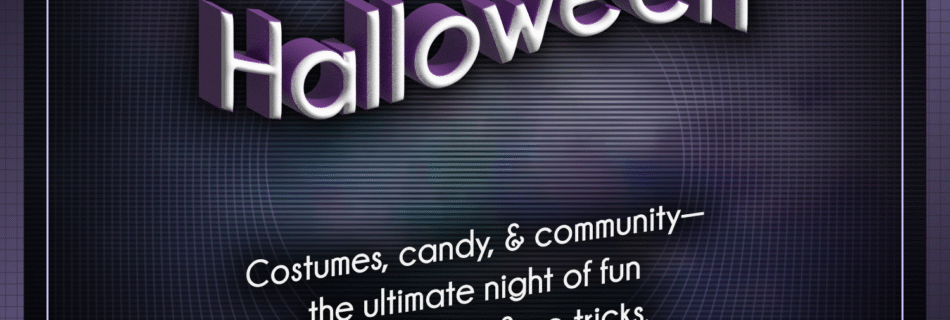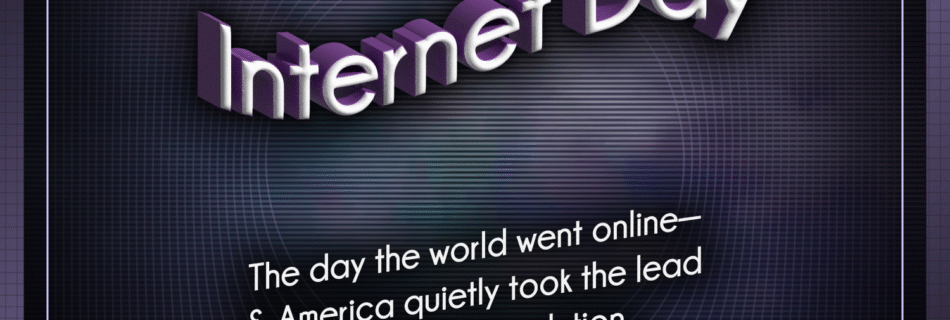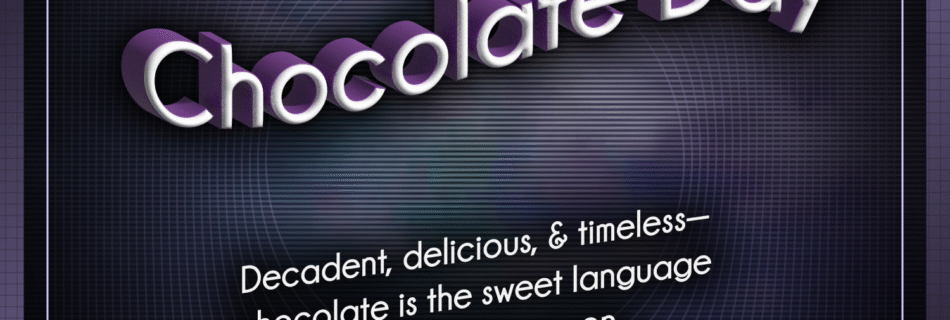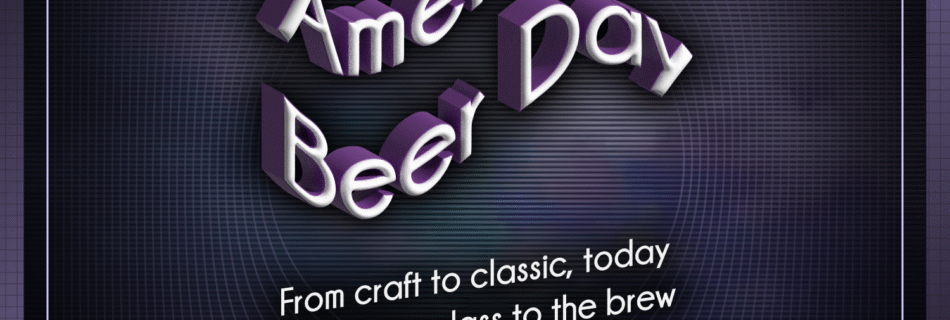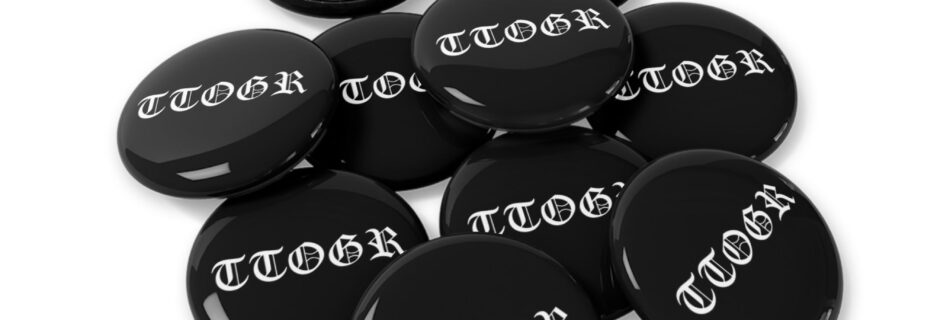-

TTOGR Hat
$44.00 Select options This product has multiple variants. The options may be chosen on the product page
Halloween

Costumes, candy, and community—the ultimate night of fun with all treats and no tricks.
A Night for Everyone
Halloween is celebrated every year on October 31, a tradition rooted in ancient harvest festivals and later shaped by American pop culture. What was once about bonfires and folklore has evolved into one of the most widely recognized celebrations in the world.
In 2025, Halloween is all about treats, costumes, and connection. From kids going door-to-door for candy to adults throwing costumed parties, it’s a day for joy, creativity, and community spirit. Cities light up with decorations, schools host parades, and neighborhoods come together in celebration of fun.
Forget the scares—this year, it’s about the sweetness: costumes that pop, treats that hit, and vibes that bring people together.
Vibes
Playful, colorful, and community-driven—a holiday that thrives on pure joy.

How to Celebrate
- Go all out with costumes—solo, duo, or squad themes
- Hand out candy with extra flair (creative bowls, fun-sized surprises, glow sticks)
- Host or attend a Halloween party filled with games, music, and treats
- Bake or buy Halloween-themed desserts to share with friends and neighbors
- Take part in parades, festivals, or local community events
Pulse Check
What’s your Halloween go-to: candy corn, chocolate, or caramel apples?
The real fun comes in sharing your favorite treat and seeing which side of the candy spectrum your friends fall on.

Interesting Facts
- Americans spend more than $12 billion annually on Halloween, making it the second-largest commercial holiday after Christmas.
- The top-selling Halloween candies are Reese’s Peanut Butter Cups, Skittles, and M&Ms.
- More than 65% of U.S. adults now celebrate Halloween, many through parties, costumes, or decorating.
Verified Links
- U.S. Census Bureau – Halloween Statistics @ https://www.census.gov/newsroom/stories/halloween.html
- National Retail Federation – Halloween Spending Data @ https://nrf.com/topics/halloween
- History Channel – Halloween Traditions @ https://www.history.com/topics/halloween/history-of-halloween
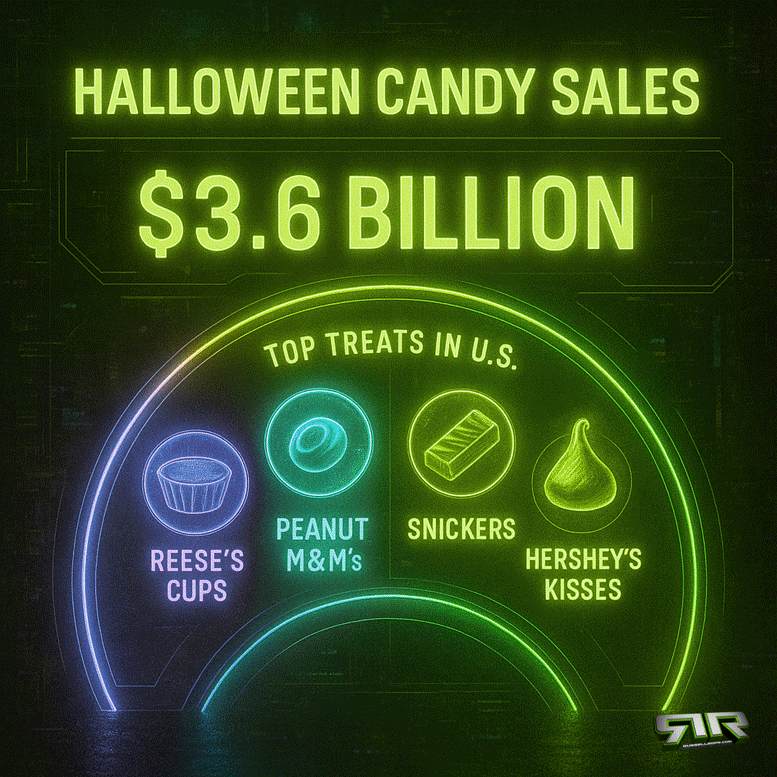
Popular Hashtags
#Halloween
#AllTreatsNoTricks
#SweetHalloween
#CostumeSeason
#TreatYourself
Famous Quotes
“Where there is no imagination, there is no fun.” – Unknown
“Halloween is an opportunity to be really creative.” – Judy Gold
“The farther we’ve gotten from the magic and the dream, the more we’ve come to need Halloween.” – Paula Curan
On October 31, 2025, Halloween is pure fun: candy in hand, costumes on point, and a whole night of treats. Keep it playful, keep it sweet, and make it a celebration that’s all about joy.
Halloween Eve
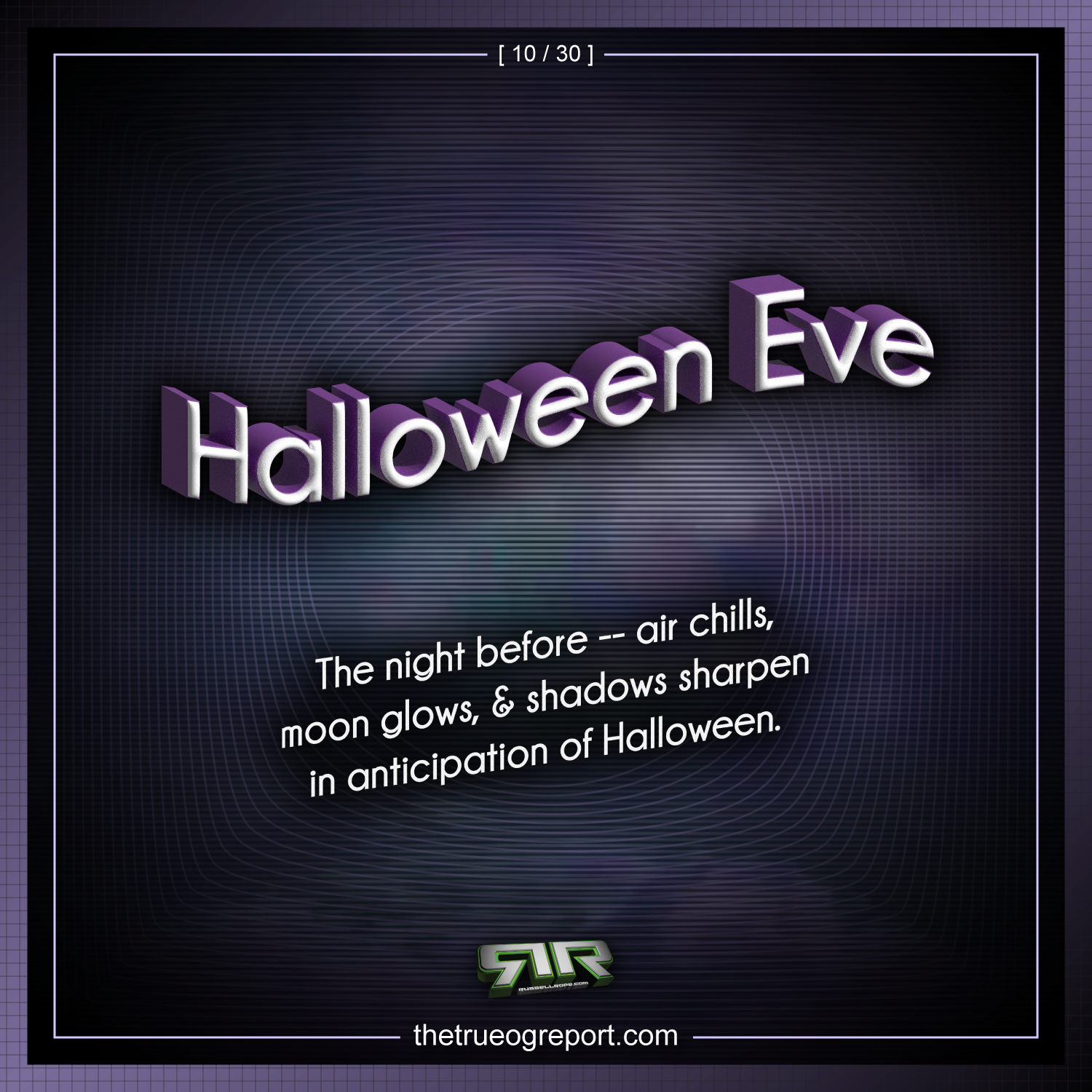
The night before the night—when the air chills, the moon glows, and shadows sharpen in anticipation of Halloween.
Setting the Stage
Halloween Eve, also called Mischief Night, Devil’s Night, or Cabbage Night in different regions, falls on October 30—the night before Halloween. Traditionally, it has been associated with harmless pranks, neighborhood mischief, and eerie anticipation. In pop culture, the evening carries an almost supernatural energy, as if the world itself leans into the coming storm of costumes, candy, and chaos.
While Halloween Eve doesn’t get the same spotlight as October 31, it’s the prelude that amplifies the vibe: a liminal space between normal life and the full carnival of Halloween. For many, it’s a night for carving pumpkins, prepping costumes, and watching scary movies—while for others, it’s a chance to stir up a little mischief.
Vibes
Dark, playful, and charged—the quiet before the storm, the grin before the scream.
How to Celebrate
- Host a scary movie marathon to set the mood for Halloween
- Finalize costumes and decorations with friends or family
- Carve pumpkins and light them up to guard the doorstep
- Embrace the folklore: tell ghost stories or explore local urban legends
- Keep it light—if you play tricks, balance them with treats
Pulse Check
Do you see Halloween Eve as a time for tricks, for prepping, or for simply soaking in the spooky vibe?
It’s the edge of the holiday—how you lean in sets the tone for October 31.
Interesting Facts
- “Mischief Night” traditions date back to at least the 18th century in Britain, often involving pranks and playful chaos.
- In Detroit, Halloween Eve became infamous as “Devil’s Night,” with serious vandalism in the 1980s—leading to community-led “Angel’s Night” patrols.
- Pumpkins carved into jack-o’-lanterns trace their roots to Irish folklore about Stingy Jack and spirits warded off by light.

Verified Links
- Library of Congress – History of Halloween @ https://www.loc.gov/folklife/halloween.html
- History Channel – Mischief Night @ https://www.history.com/topics/halloween/mischief-night
- Smithsonian – The Story of Jack-O’-Lanterns @ https://www.smithsonianmag.com/history/the-story-of-the-jack-o-lantern-140000965
Popular Hashtags
#HalloweenEve
#MischiefNight
#DevilsNight
#SpookySeason
#PumpkinGlow
Famous Quotes
“Where there is no imagination, there is no horror.” – Arthur Conan Doyle
“It’s as much fun to scare as to be scared.” – Vincent Price
“There is something haunting in the light of the moon.” – Joseph Conrad
On October 30, 2025, Halloween Eve is your last chance to set the stage. Whether it’s pranks, pumpkins, or pure anticipation, lean into the eerie calm before the storm—because once the clock strikes midnight, the monsters come out to play.
Internet Day
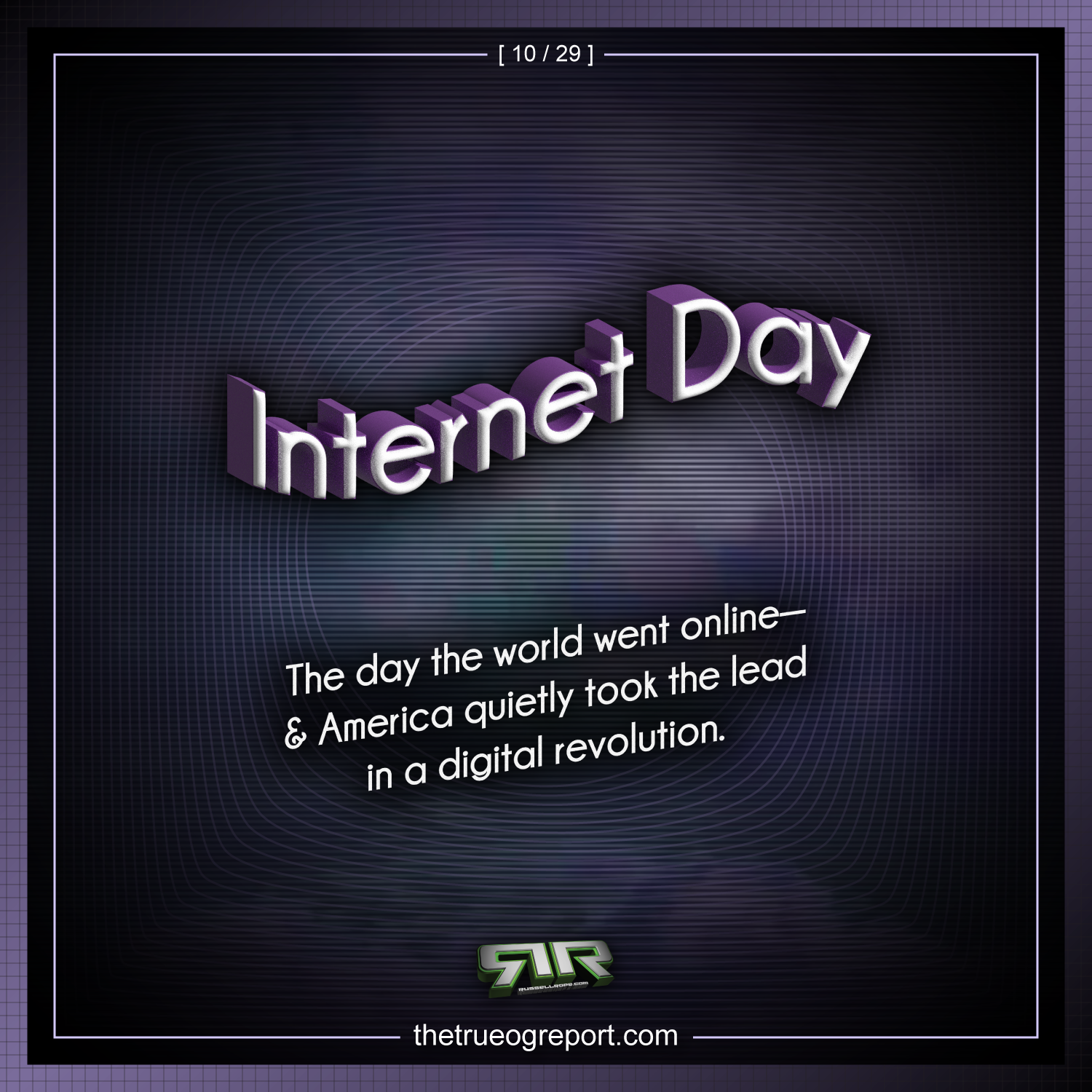
The day the world went online—and America quietly took the lead in a digital revolution.
From ARPANET to Everywhere
National Internet Day is marked every year on October 29, celebrating the day in 1969 when UCLA engineers sent the first electronic message across ARPANET, the network that evolved into the internet. The message was only two letters—“LO”—before the system crashed. But those two characters sparked the beginning of a connected world.
While other nations contributed to the web as we know it, the internet’s roots are firmly American. Built from U.S. government research, university collaboration, and Silicon Valley innovation, the internet became a tool of commerce, communication, culture, and power.
By dominating the infrastructure, platforms, and digital economy, the U.S. effectively “won a silent world war”—not with weapons, but with code, servers, and software. In 2025, America remains home to the biggest tech companies, platforms, and innovations shaping the digital battlefield. National Internet Day is more than nostalgia—it’s recognition of a global shift that began with a flicker of data in Los Angeles.
Vibes
Innovative, dominant, and futuristic—where technology became the ultimate superpower.
How to Celebrate
- Revisit the history of the first internet message at UCLA
- Disconnect for an hour to reflect on how the web changed your life
- Support internet freedom and privacy initiatives
- Share your first memory of “logging on”
- Appreciate the entrepreneurs and engineers who built the backbone of the digital world
Pulse Check
Do you see the internet as humanity’s greatest achievement—or its most dangerous invention?
Like any revolution, it depends on how we use the power.

Interesting Facts
- On October 29, 1969, UCLA computer scientists attempted to send “LOGIN” to Stanford—only “LO” went through before the system crashed.
- The internet now connects over 5.5 billion people, or nearly 70% of the world’s population.
- U.S.-based companies dominate: Google, Apple, Meta, Microsoft, and Amazon control vast portions of the digital ecosystem.
Verified Links
- UCLA – The Birthplace of the Internet @ https://www.ucla.edu/about/internet50
- Internet Society – History of the Internet @ https://www.internetsociety.org/internet/history-internet
- Library of Congress – Origins of the Internet @ https://www.loc.gov/collections/today-in-history/item/internet-first-message
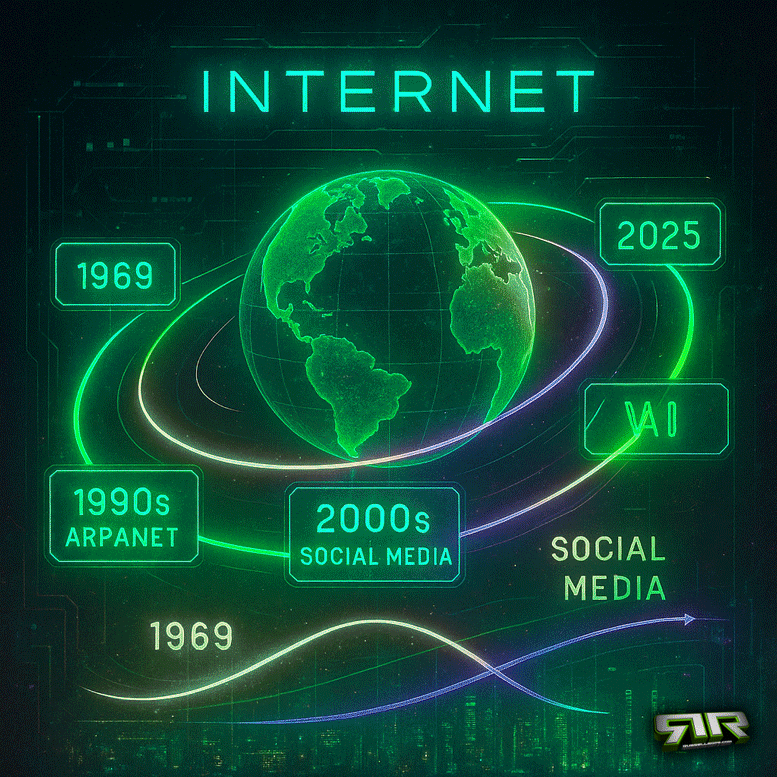
Popular Hashtags
#NationalInternetDay
#InternetRevolution
#DigitalDominance
#SilentWorldWar
#FromARPANETToAI
Famous Quotes
“The internet is becoming the town square for the global village of tomorrow.” – Bill Gates
“The advance of technology is based on making it fit in so that you don’t really even notice it, so it’s part of everyday life.” – Bill Gates
“The Internet is the first thing that humanity has built that humanity doesn’t understand, the largest experiment in anarchy that we have ever had.” – Eric Schmidt
On October 29, 2025, National Internet Day isn’t just about memes, likes, and Wi-Fi—it’s about recognizing the digital dominance that reshaped global power. The U.S. didn’t just invent the internet—it leveraged it, winning influence without firing a shot. The web is both our battlefield and our playground, and it started with “LO.”
Chocolate Day

Decadent, delicious, and timeless—chocolate is the sweet language the world agrees on.
A Bite of History
National Chocolate Day is celebrated on October 28, honoring one of the world’s most beloved treats. While cocoa has been cultivated for over 3,000 years, first by the Maya and Aztecs, chocolate has grown into a global industry worth over $130 billion annually.
From artisan chocolatiers crafting bean-to-bar masterpieces to mass-market candy bars, chocolate is more than a dessert—it’s a cultural icon. It fuels romance, powers rituals, and even sneaks into cocktails, skincare, and cannabis edibles.
In 2025, chocolate continues to evolve, with trends in fair trade sourcing, vegan alternatives, and infused creations reshaping the way we enjoy it. National Chocolate Day isn’t just about indulgence—it’s about appreciating the craft, culture, and care behind every bite.
Vibes
Sweet, indulgent, and universal—a guilty pleasure without the guilt.

How to Celebrate
- Treat yourself to your favorite chocolate bar, truffle, or cake
- Explore bean-to-bar or fair-trade brands supporting sustainable farming
- Pair chocolate with wine, whiskey, or even cannabis for a new experience
- Bake a chocolate dessert at home and share it with friends
- Post your favorite chocolate creation online to spread the sweetness
Pulse Check
Are you team dark chocolate, milk chocolate, or white chocolate—and why?
The answer says more about your vibe than you think.

Interesting Facts
- The Maya and Aztecs valued cacao so highly, it was once used as currency.
- The first solid chocolate bar was created in 1847 by British chocolatier J.S. Fry & Sons.
- Dark chocolate (70% or higher cocoa) is rich in antioxidants and linked to heart health benefits.
Verified Links
- Smithsonian – The Bitter and Sweet History of Chocolate @ https://www.smithsonianmag.com/history/the-bitter-and-sweet-history-of-chocolate-21860917
- National Confectioners Association – Chocolate Facts @ https://candyusa.com
- Fairtrade International – Cocoa and Chocolate @ https://www.fairtrade.net/issue/cocoa
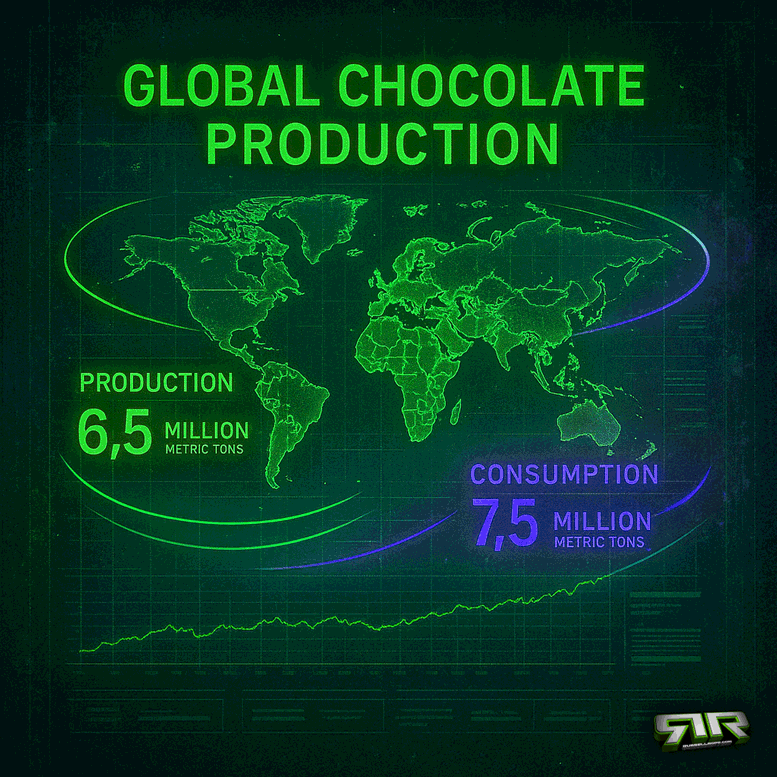
Popular Hashtags
#NationalChocolateDay
#ChocolateLovers
#SweetLife
#DarkVsMilk
#CocoaCulture
Famous Quotes
“Chocolate is happiness that you can eat.” – Ursula Kohaupt
“All you need is love. But a little chocolate now and then doesn’t hurt.” – Charles M. Schulz
“Anything is good if it’s made of chocolate.” – Jo Brand
On October 28, 2025, give in to the indulgence. Whether it’s a rich truffle, a gooey brownie, or a cannabis-infused bar, chocolate is the treat that never disappoints. Life is sweeter when you let it melt on your tongue.
American Beer Day

From craft to classic, today we raise a glass to the brew that built a culture.
A Toast to Tradition and Innovation
American Beer Day, observed annually on October 27, celebrates the history, craft, and culture of beer in the United States. From colonial taverns pouring early ales to today’s booming craft beer scene, beer has always been more than a drink—it’s a social staple, an economic engine, and a symbol of creativity.
America now boasts over 9,500 breweries, from small-batch artisans to national icons, producing everything from hazy IPAs and barrel-aged stouts to crisp lagers and experimental brews infused with fruit, coffee, or cannabis terpenes. Beer culture reflects both tradition and innovation, blending heritage with bold new flavors.
American Beer Day is not just about drinking—it’s about community, craftsmanship, and the joy of raising a glass together.
Vibes
Cold, crisp, and communal—a celebration of heritage with a foamy, flavorful twist.

How to Celebrate
- Visit your local brewery or taproom and support craft beer makers
- Try a new style of beer you’ve never had before
- Host a beer-tasting night with friends—pair different brews with food
- Learn about the brewing process or take a brewery tour
- Share your favorite American beer online and tag the brewery
Pulse Check
Are you a hop-head chasing bold IPAs, a stout sipper, or a lager loyalist?
Beer brings people together, but the flavor you choose says something about your style.
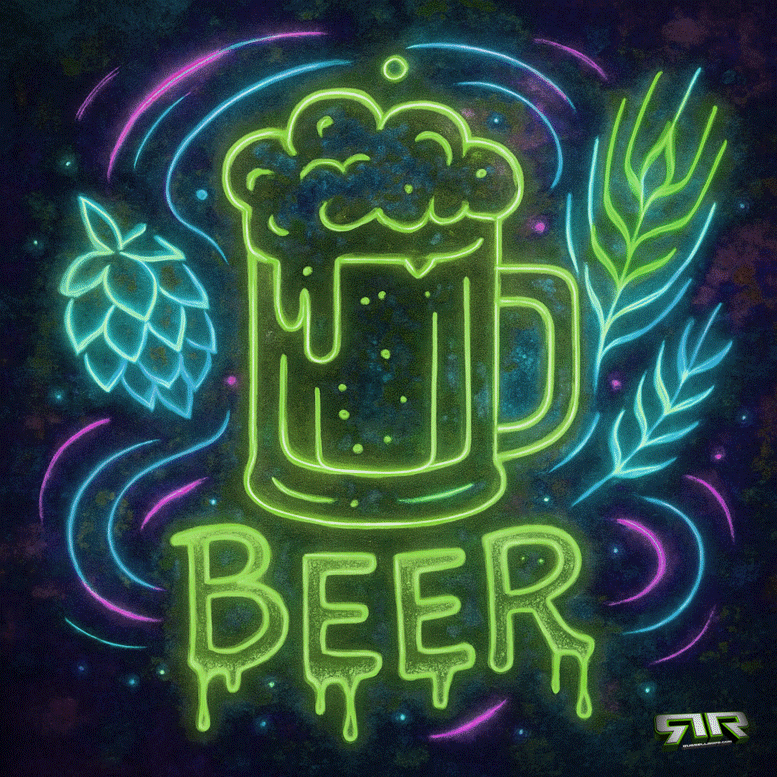
Interesting Facts
- The U.S. craft beer industry contributed over $72 billion to the economy in 2022.
- The oldest operating American brewery is Yuengling, founded in 1829 in Pottsville, Pennsylvania.
- IPA (India Pale Ale) remains the most popular craft beer style in America.
Verified Links
- Brewers Association – Craft Beer Statistics @ https://www.brewersassociation.org
- Smithsonian – American Brewing History @ https://www.si.edu/spotlight/american-brewing-history-initiative
- U.S. National Archives – Prohibition Records @ https://www.archives.gov/research/alcohol

Popular Hashtags
#AmericanBeerDay
#CraftBeer
#DrinkLocal
#BeerCulture
#BrewedInUSA
Famous Quotes
“He was a wise man who invented beer.” – Plato (attributed)
“Beer is proof that God loves us and wants us to be happy.” – Benjamin Franklin (attributed)
“Give me a woman who loves beer and I will conquer the world.” – Kaiser Wilhelm
On October 27, 2025, let’s toast to the brewers, the dreamers, and the drinkers who keep the American beer tradition alive. Whether it’s a local craft pint or a classic cold one, raise your glass—the celebration is on tap.
TTOGR Pin
-

TTOGR Pins
Price range: $6.00 through $44.00 Select options This product has multiple variants. The options may be chosen on the product page
Connect
TTOGR Hoody
-

TTOGR Hoody
$50.00 Select options This product has multiple variants. The options may be chosen on the product page
Sports Day

Strength, strategy, and spirit—sports unite us across every field, court, and arena.
A Celebration of Competition and Community
National Sports Day in the U.S. is celebrated annually on October 16. The holiday honors athletes at every level—from playground legends to professional champions—while recognizing the role sports play in culture, fitness, and community.
Sports are more than games. They shape identity, build teamwork, and spark rivalries that become part of our collective memory. Whether it’s the roar of a packed stadium, the rhythm of a pickup game, or the grind of solo training, sports teach resilience, discipline, and passion.
National Sports Day is a moment to honor athletic achievement, but also to reflect on the universal human drive to move, compete, and push limits.
Vibes
Energetic, unifying, and competitive—highlighting the rush of the game and the power of teamwork.

How to Celebrate
- Play your favorite sport—basketball, soccer, tennis, or even eSports
- Watch a classic sports movie or documentary for inspiration
- Support youth or community sports programs with a donation or volunteer time
- Share a highlight of your favorite athlete or your own sports journey
- Get active—run, train, or just play for fun with friends and family
Pulse Check
Do you play sports more for competition, fitness, or the sheer joy of the game?
Sports reflect the human spirit: sometimes fierce, sometimes playful, always unifying.
Interesting Facts
- The world’s oldest known sport is wrestling, dating back over 15,000 years.
- Soccer is the most popular sport globally, with over 4 billion fans.
- In 2021, the global sports market was valued at more than $500 billion.

Verified Links
- U.S. Department of Health & Human Services — Benefits of Physical Activity @ https://health.gov/our-work/nutrition-physical-activity/physical-activity
- International Olympic Committee — Sport and Society @ https://olympics.com/ioc/sport-and-society
- UNESCO — Sport for Development and Peace @ https://www.unesco.org/en/sport
Popular Hashtags
#NationalSportsDay
#LoveTheGame
#PlayToWin
#SportsUnite
#AthleteLife
Famous Quotes
“Sports do not build character. They reveal it.” – Heywood Broun
“The more difficult the victory, the greater the happiness in winning.” – Pelé
“You miss 100% of the shots you don’t take.” – Wayne Gretzky
On October 16, 2025, lace up, suit up, and celebrate sports in all forms. From backyard ball games to global championships, this day is about more than wins—it’s about heart, hustle, and the shared language of play.


